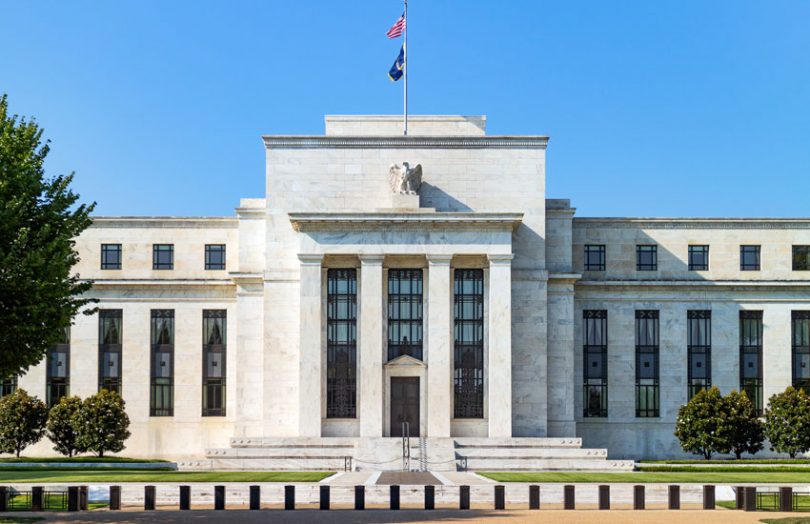Yesterday the U.S. Federal Reserve published a paper exploring existing literature relating to central bank digital currency (CBDC). Compared to many digital currency papers, this one was comparatively short and narrow in focus. It firstly outlined the impact of a CBDC on commercial bank deposits and lending, and secondly on monetary policy and financial stability. It then explored potential avenues for further research.
Impact on banks
CBDC is desirable as a means of payment, but the potential to be used to store value has caused concern. While this was not referred to in the paper, some CBDCs such as the digital yuan have no plans to offer interest as the CBDC is considered digital cash. And for the yuan the quantities that are allowed to be held will be controlled.
One of the big concerns about a retail CBDC is that it might disrupt the commercial banking sector, which would impact retail lending and hence economic growth. Regarding the impact on commercial banks, most of the literature outlined that a CBDC would have fairly benign outcomes for the banks with several provisos.
The benign outcomes mainly occur if the central bank is willing to act as a lender to commercial banks, which can continue to advance retail loans. In terms of interest rates, if the CBDC interest rate is higher than bank deposits, then banks are likely to increase their deposit rates above the CBDC rate to attract deposits.
Researchers hypothesize that an interest bearing CBDC will expand the deposit base by being more attractive to existing depositors and attracting the unbanked.
But some of the theoretical models also found that if the CBDC interest rate is significantly higher than bank rates, then it might dissuade banks from competing with the CBDC, which could result in a contraction in both deposits and lending.
Future research avenues
The paper outlined a critical question as to which features of CBDC are important to consumers and will impact their decisions regarding using it for payments or storing value. Not everyone is looking for the same currency features, but it was noted that choices aren’t entirely explained by demographics such as age and income. Hence this is an area with scope for further work.
The U.S. Federal Reserve, along with many other major central banks, has not decided to go ahead with a CBDC. Three months ago, it revealed its work on the digital dollar, including a collaboration between the Boston Federal Reserve and MIT.






